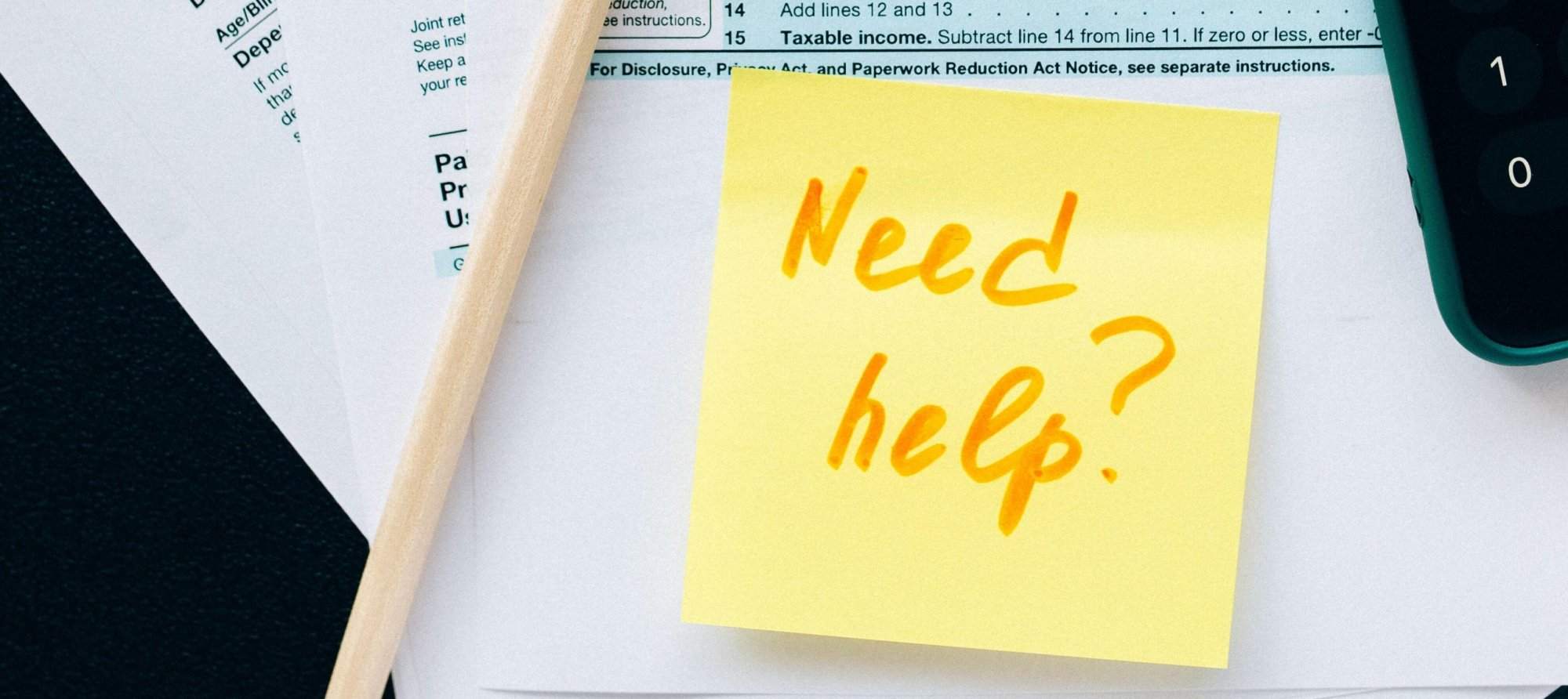On December 23, 2022, the IRS stated that it would postpone the $600 reporting requirement for Form 1099-K that was scheduled to take effect during the 2022 tax year. Instead, these obligations have been delayed by one year to give people more time to prepare.
Form 1099-K is a tax form that details the gross payments for goods and services for all third-party payment platform transactions. Prior to this statement, third-party payment systems were obliged to issue Form 1099-K to all customers who received payments reaching $600 or more in a fiscal year, regardless of transaction size.
Instead, the existing reporting limitation of 200 distinct transactions totaling at least $20,000 in a calendar year will remain in force for the 2022 tax filing season due to the delay.
Because of the timeliness of this statement, businesses may still choose to issue a 1099-K for 2022, but this would be at their option. If a third-party payment provider delayed your backup withholding, you should still anticipate to receive a Form 1099-K.
Remember that this postponement only applies when businesses are obligated to issue Form 1099-K. You must disclose any taxable revenue on your tax return even if you do not receive a 1099-K for 2022.
Don’t worry if you receive Form 1099-K this tax season. PSACPA is here to assist you in correctly reporting the revenue stated on your Form 1099-K.
Below we’ll address some common misconceptions you might have heard about these changes and the truth about how your taxes could be affected.
Misconception 1: This is a new tax that I will have to pay on my profits.
The truth: This change is not a new tax imposed on online sellers but a new reporting requirement for online marketplaces. Any income derived from a sale has always been reportable income for online sellers. Previously, you would only have received a Form 1099-K from the online seller if you hit $20,000 in gross payments and 200 transactions annually. The IRS has lowered this threshold for tax year 2023, meaning any online marketplaces must report gross sales that equal or exceed $600 on a Form 1099-K.
Because of these adjustments, many sellers who have never gotten a Form 1099-K will do so in 2023. PSACPA will assist you in understanding the adjustments and reporting them on your income tax reports.
Misconception 2: All the transactions on my 1099-K are taxable.
The truth: simply receiving a Form 1099-K does not imply that you will incur income tax on the gross sales amount reported to you. Your net revenue is taxed, but a 1099-K only reveals your gross earnings.
The sums stated on Form 1099-K do not take into account your cost base or any changes for fees, refunds, credits, and so on. If you sold an object for a total loss compared to its initial cost base, record it as a loss on Schedule 1 or Schedule D; you will not be liable for any income taxes on the transaction.
Use your Form 1099-K as an educational document when submitting your tax return to help you fill out Schedule C to report company earnings and losses (if you are a single owner) or Schedule D to report financial gains and losses. (if you are a casual seller). Then, make any required changes to ensure that your tax return corresponds to your own documents. That is why proper accounting is essential!
Misconception 3: Because I am only a casual seller and not a company, I am not required to disclose my sales earnings as revenue.
The truth: Taxable revenue includes all sales money, whether you are a casual vendor, a hobby seller, or a company.
Assume you have a pastime of thrifting old furnishings and occasionally selling it for a profit. You purchased a used piece of furniture for $100 last year, repaired it, and sold it on eBay for $700. This results in a $600 return. As a hobby vendor, you cannot subtract expenses made prior to the sale, such as the cost of repairing the furnishings, but expenses incurred during the sale (such as any eBay fees) can be added to your cost base.
Misconception 4: I will be paying tax on all items I sell, even if it’s at a loss.
The truth: Income is calculated by subtracting costs from the final selling price and finding whether the deal resulted in a profit or a loss. Only the profit is taxable revenue, so you won’t incur any taxes if you sell something at a loss or for less than what you paid. We may sound repetitive here, but sellers should make sure to maintain excellent records for both taxable and nontaxable transactions.
This time, we’ll look at a nontaxable deal. Assume you paid $1,000 for a new cycle last year and then sold it online for $700 this year. Even though the transaction was recorded on the 1099-K you received, there would be no revenue to register on this sale because you sold the bike at a loss. Instead of reporting the transaction as revenue, record it as a loss on Schedule 1 or Schedule D.


Could you explain tax implications of investments?
Thanks for simplifying tax amendments!
Your blog is a goldmine of tax advice